As the most common beverage in life, according to historical records, our ancestors had already mastered the cultivation techniques of tea trees over 3000 years ago. Its medicinal value and health benefits have long been recognized by the world. The "Shennong's Classic of Materia Medica" records: "Shennong tasted a hundred herbs, encountered seventy-two poisons a day, and was cured by tea." Li Shizhen in the Ming Dynasty wrote in the "Compendium of Materia Medica": "Tea is bitter and cold, the most yin among yin, sinking, descending, and most effective in clearing heat."
In the Qing Dynasty, Cao Xueqin wrote in "Dream of the Red Chamber" that tea was readily available and freely enjoyed. The word "tea" appears more than four hundred times in the whole book, involving two hundred tea-related matters and mentioning seven or eight types of tea. Now, let us enter the colorful tea world in "Dream of the Red Chamber," experience it firsthand, and appreciate it from the perspective of health and well-being.
The Supreme Health-Preserving Liu'an Tea
In the forty-first chapter of "Dream of the Red Chamber," Jia Mother comes to Long Cui An and wants a cup of tea. So, Miaoyu personally held a small tea tray with a carved lacquer and gold-filled cloud-shaped longevity, with a small lidded cup inside, and presented it to Jia Mother. Jia Mother said, "I don't drink Liu'an Tea." Miaoyu smiled and said, "I know. This is Old Master Mei."
The Liu'an Tea mentioned here is one of the top ten famous teas in China, named after its production in Liu'an City, Anhui Province. It is also called Liu'an Melon Seed or Liu'an Tea Flakes. In the Tang Dynasty, "Luzhou Liu'an Tea" was regarded as a famous tea, and in the Ming Dynasty, "Liu'an Melon Seed" was considered a top-grade tea. In the Qing Dynasty, it was honored as a tribute tea to the imperial court, which reflects its special status. Liu'an Tea is rich in various mineral elements, carbohydrates, amino acids, and lipids, all of which are essential micro-nutrients for human health. Therefore, Liu'an Tea has unique medicinal and health-preserving effects. The Ming Dynasty's "Miscellaneous Matters in Examination of Dishes" said, "Its quality is also excellent, it is the best when used as medicine, it cannot produce fragrance, but it tastes bitter." Perhaps it is because of this that Jia Mother does not appreciate it.
The Digestive Pu'er Tea
In the sixty-third chapter of "Dream of the Red Chamber," Lin Zhiyao's family came to Yi Hong Yuan in the middle of the night, and Bao Yu said, "Today, I ate noodles and I'm afraid it will affect my digestion, so let's play for a while." Lin Zhiyao's family asked Xiren, "Make some Pu'er tea."
Ruan Fu mentioned in the Qing Dynasty's "Notes on Pu'er Tea" that "Pu'er was originally from Yinxing Prefecture. The use of Pu'er in Tibet has been since the Tang Dynasty." Song's Li Shi also mentioned in the book "Continuation of the Records of Natural Science": "Tea is harvested from various mountains in Yinxing, picked anytime, mixed with beans and ginger, and then boiled and consumed." Based on this inference, the tea produced in Yinxing City is undoubtedly the ancestor of Pu'er tea. Nowadays, the main production areas of Pu'er tea are Xishuangbanna, Lincang, and Pu'er in Yunnan. In the practice of drinking, Pu'er tea pays great attention to brewing techniques and the art of tasting. It can be consumed alone or mixed with other ingredients. It is not only long-lasting and delicious in color, fragrance, and taste but also has a wide range of medical and health benefits. The "Compendium of Materia Medica" once said, "Pu'er tea ointment is as black as lacquer, it aids digestion and dissolves phlegm, clears the stomach and generates saliva, and has great effectiveness."
The Cooling and Refreshing Longjing Tea
In the eighty-third chapter of "Dream of the Red Chamber," Bao Yu goes to Xiao Xiang Pavilion to see Dai Yu, and Dai Yu instructs Zijuan, "Brew a bowl of Longjing tea for Er Ye (Second Master)."
The Longjing mentioned here is one of the most famous green teas in China, well-known and widely recognized for its production in Longjing, West Lake, Hangzhou. Longjing tea originated in the Song Dynasty and flourished in the Ming and Qing Dynasties, with a history of over 1200 years. The tea picked and processed before the Qingming Festival is called "Mingqian Tea," and the tea picked and processed before the Grain Rain Festival is called "Yuqian Tea." It is known as "Yuqian is the top-grade, Mingqian is the rare-grade." Traditional Longjing tea has a green color, rich aroma, and a sweet and refreshing taste. It has been praised as having the "four excellences": green color, fragrant aroma, sweet taste, and beautiful appearance. When brewing, one can see the tea buds standing upright, with a clear and bright color, especially the combination of one bud and one leaf, which is commonly known as "one flag and one spear," is considered the best quality. Longjing tea contains abundant amino acids, catechins, chlorophyll, vitamin C, and other components, which are richer than other teas. Therefore, with its unique thirst-quenching, heat-clearing, refreshing, diuretic, anti-inflammatory, and detoxifying effects, Longjing tea has become an essential health-preserving drink in people's daily lives.



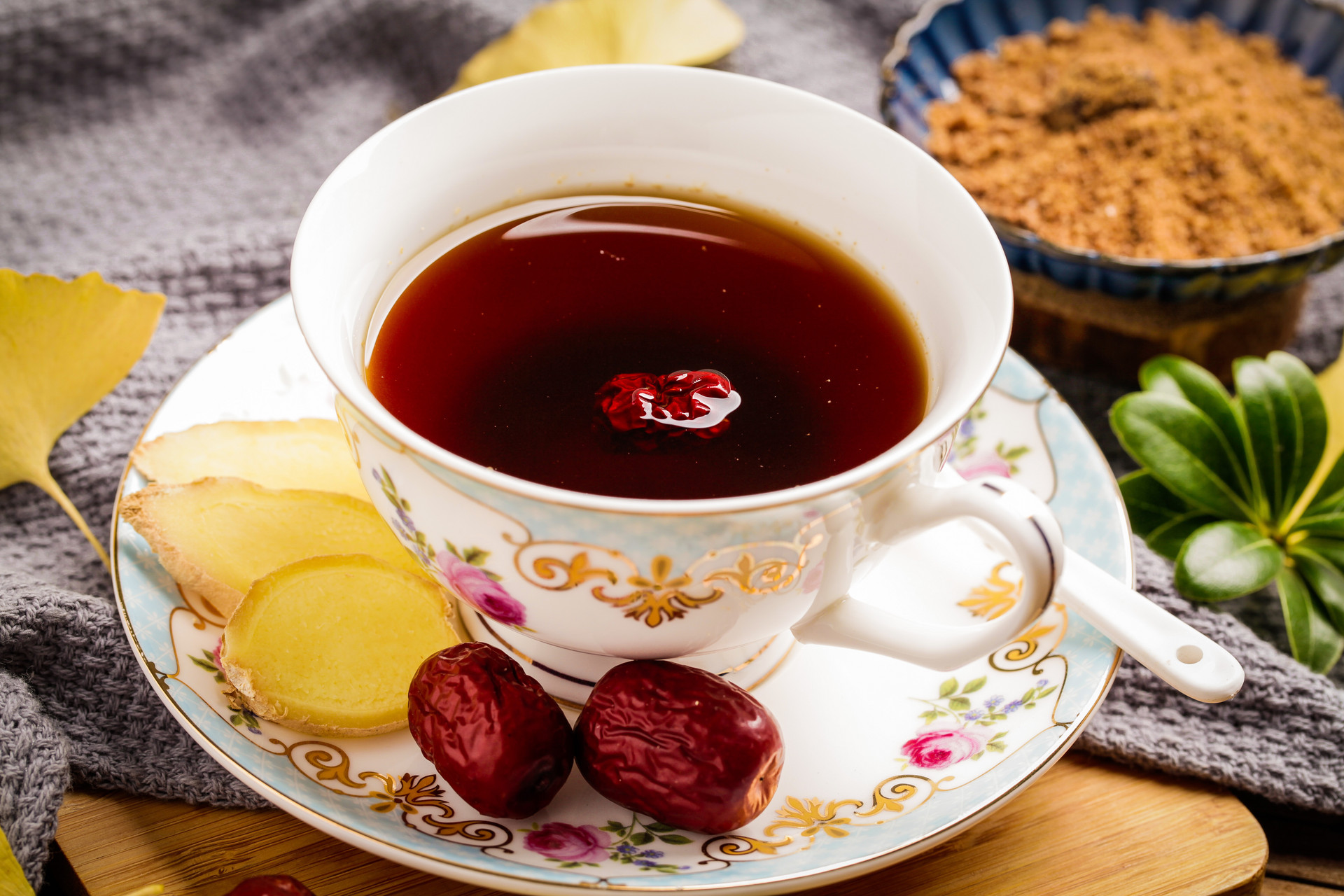
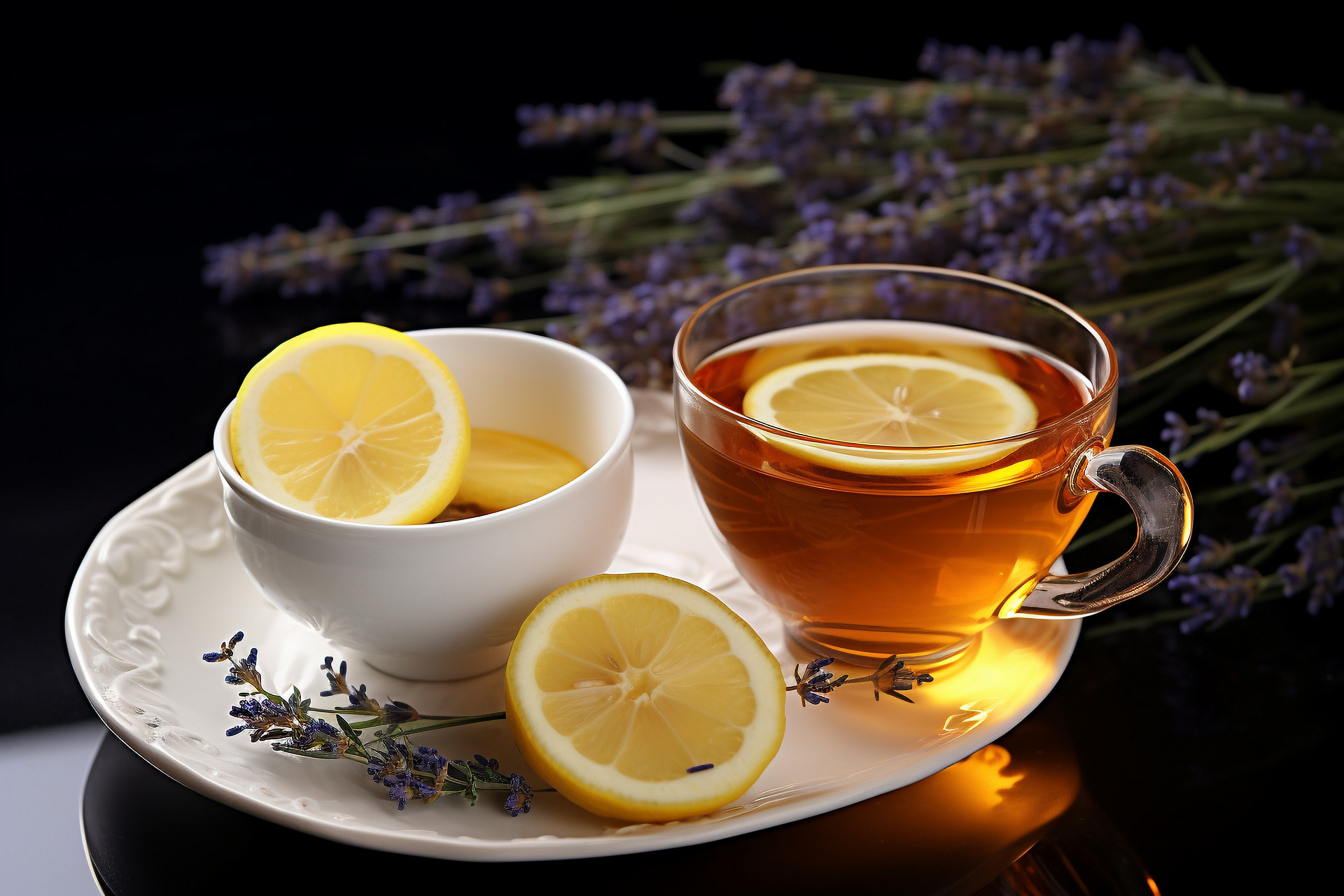
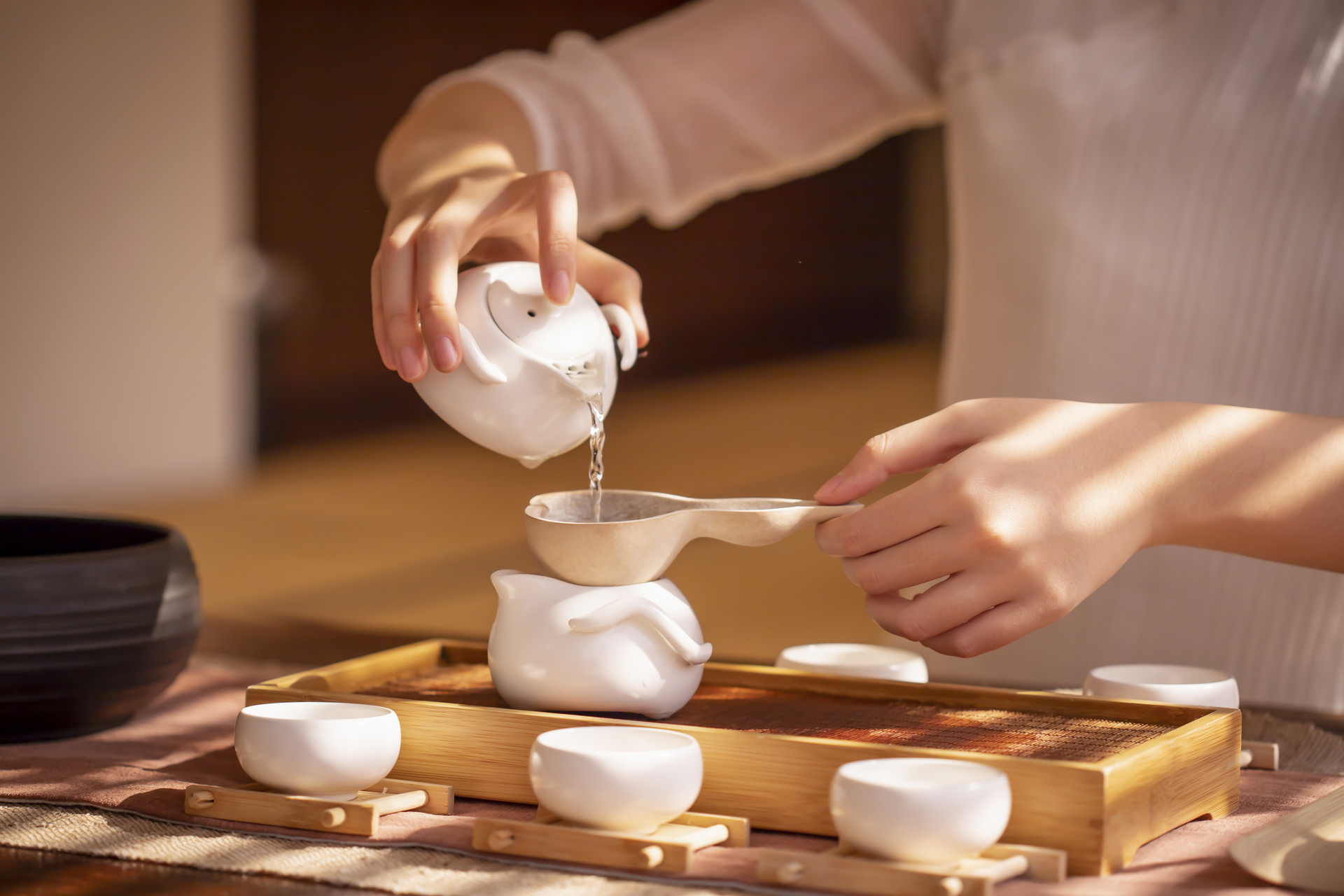
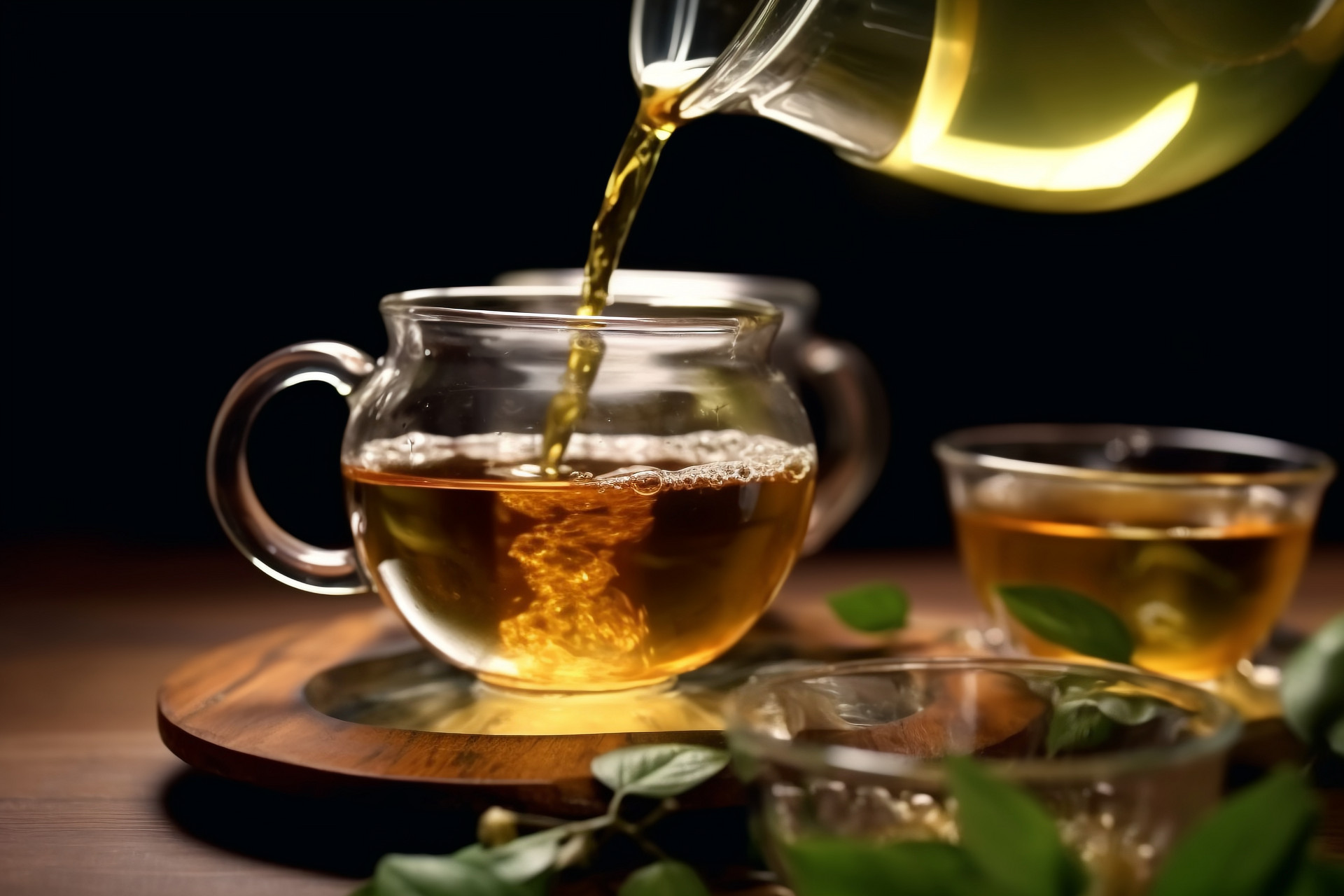

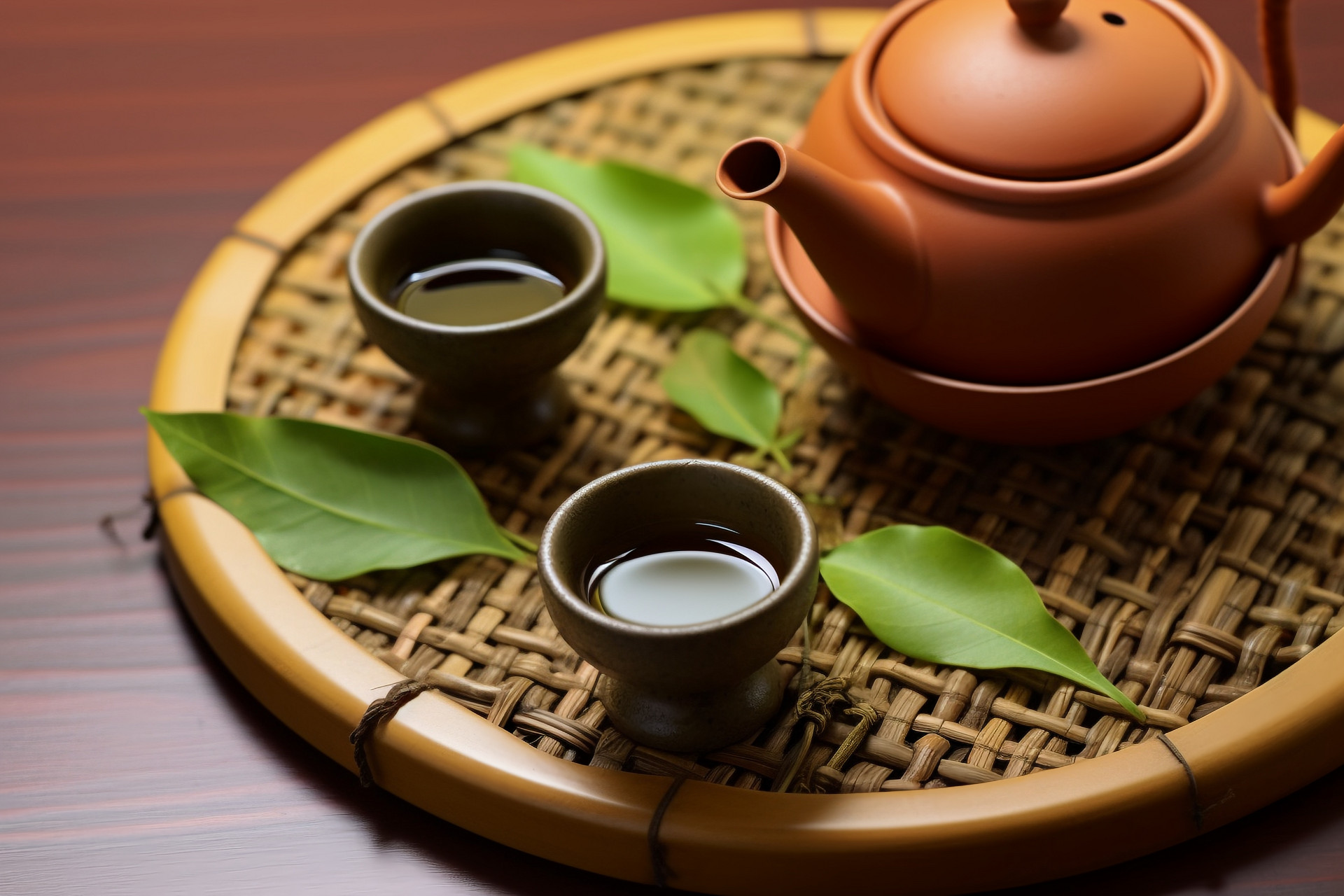
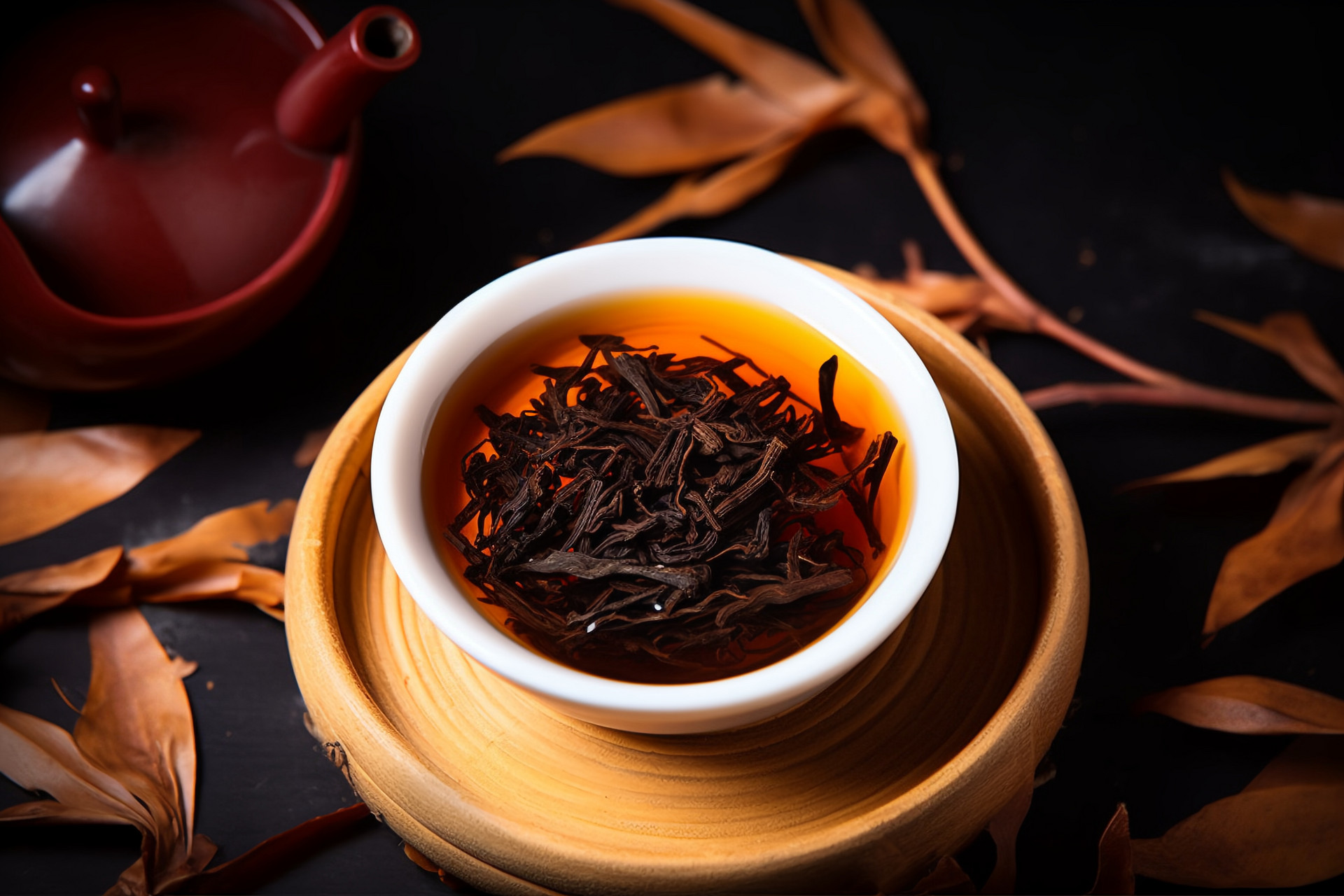
![[Herbal Wine Recipes for Health and Beauty]](https://tcmmaintenance.com/uploads/20240715/7241f6b6eafdaed88c28b26a37213964.jpg)